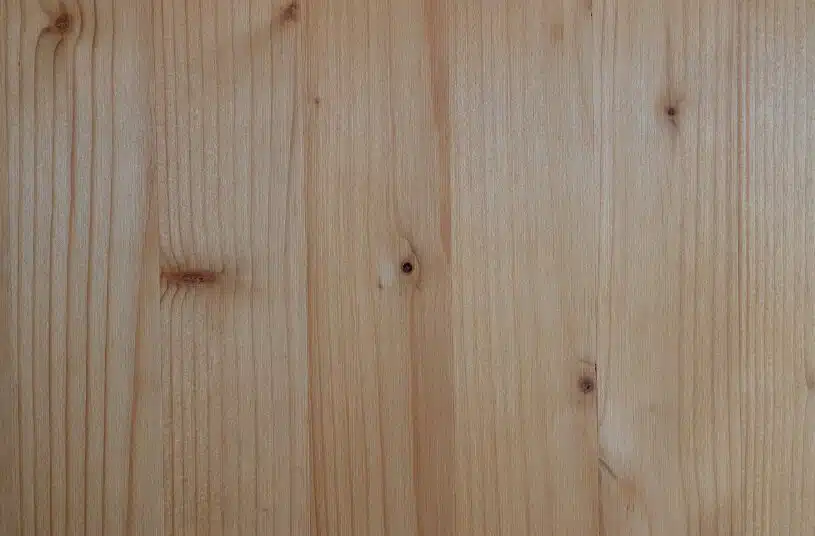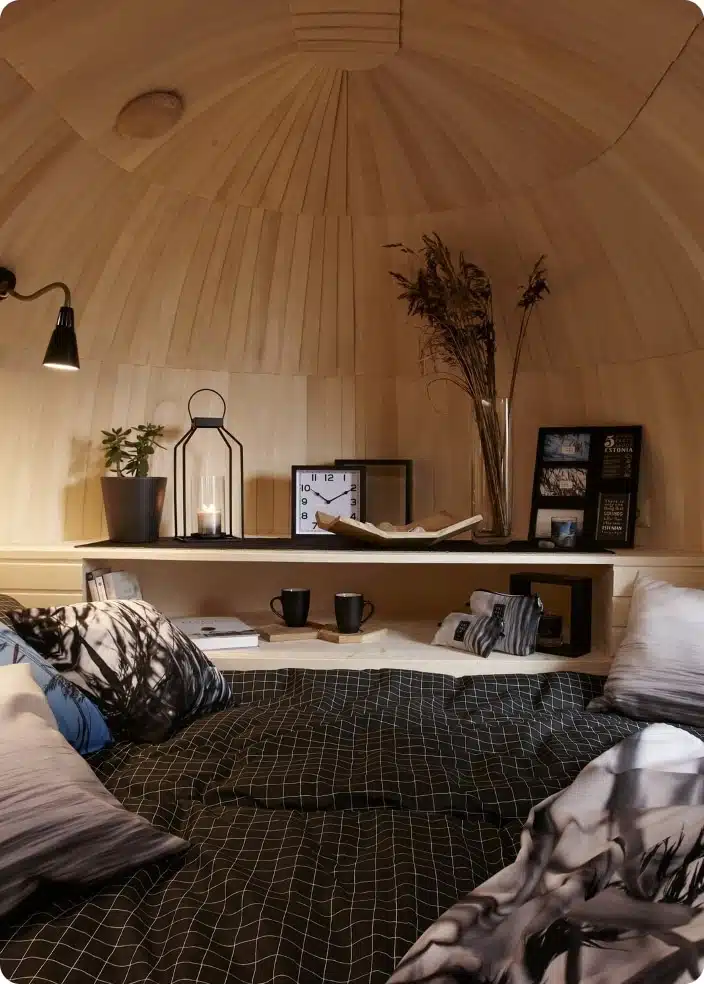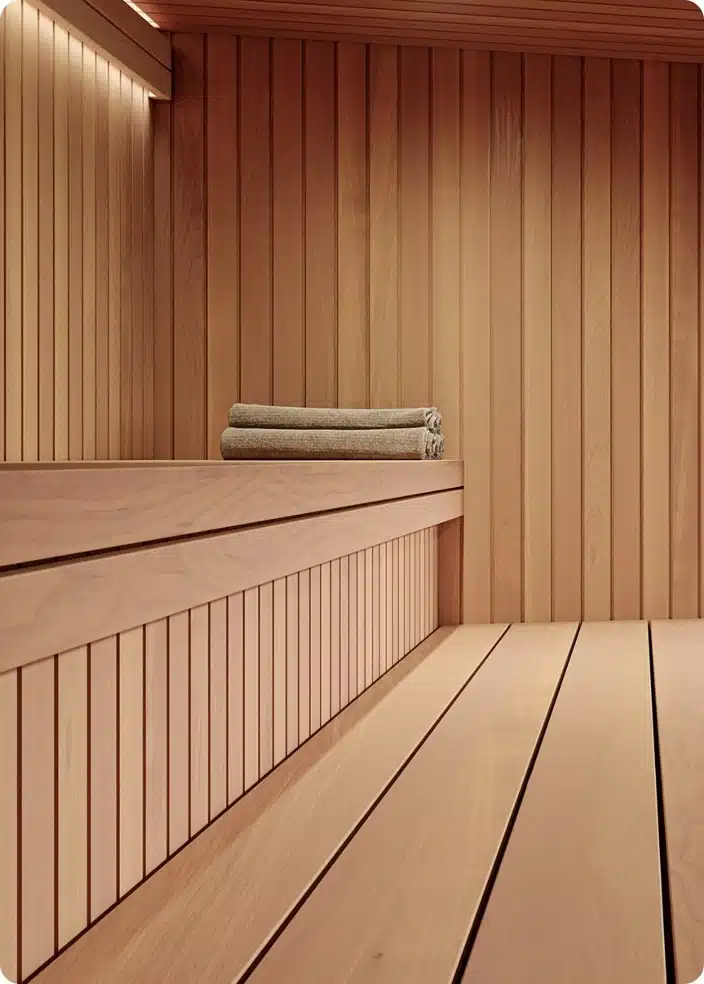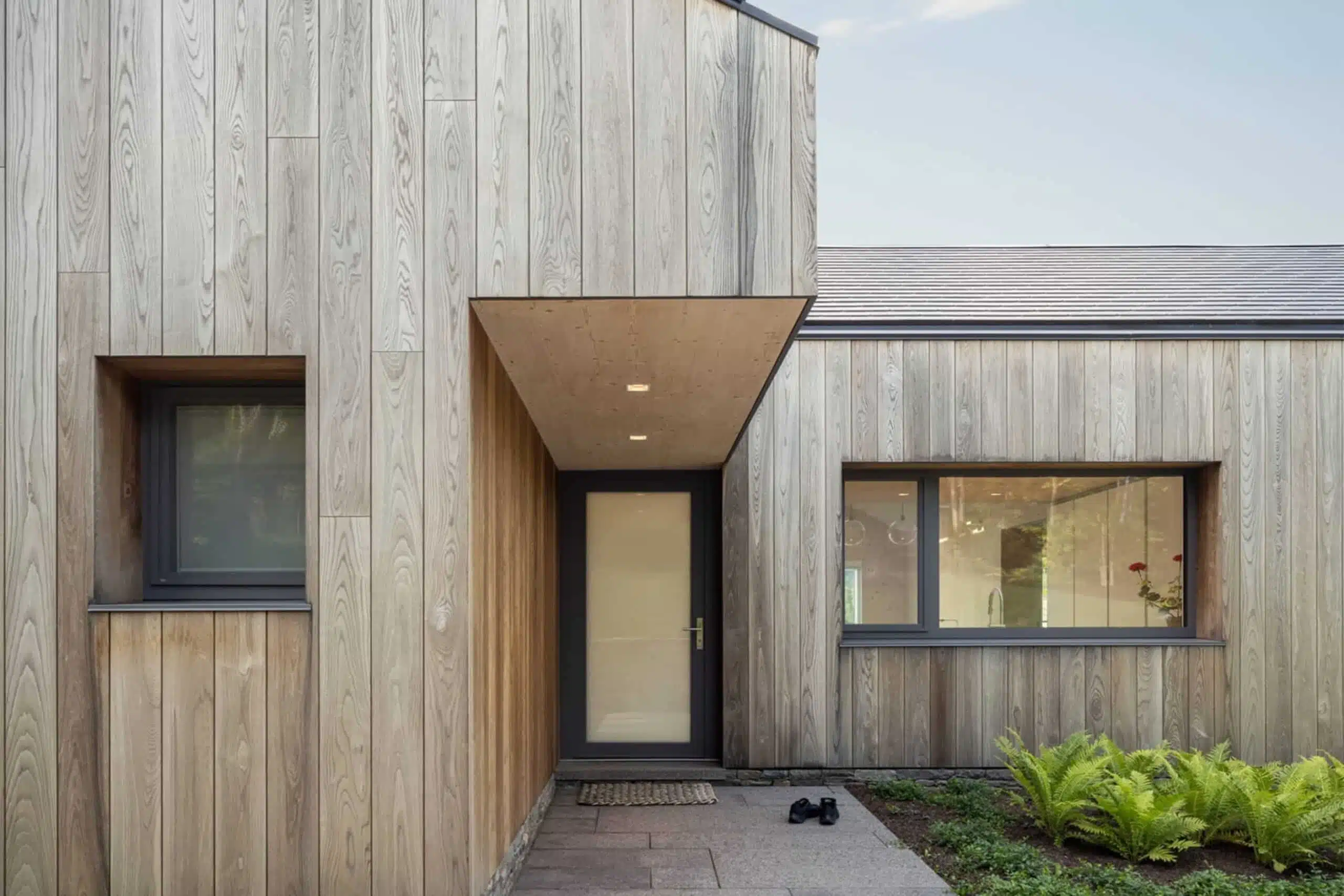
Consistently natural and high-quality wood
Material
Beautiful and high-quality hardwood
Wood as a construction and interior material is natural and warm, it is easy to process and has a variety of finishing options.
Compared with conventional rooms, saunas and spas are especially demanding due to the extreme fluctuations in temperature and humidity levels. Therefore, the wood used must be suitable and durable: the wood should not deform, split, expel resin or become too hot.
Standwood products are made from first-class, well-dried, knot-free hardwood aspen, alder and linden, which are especially suitable for sauna conditions.
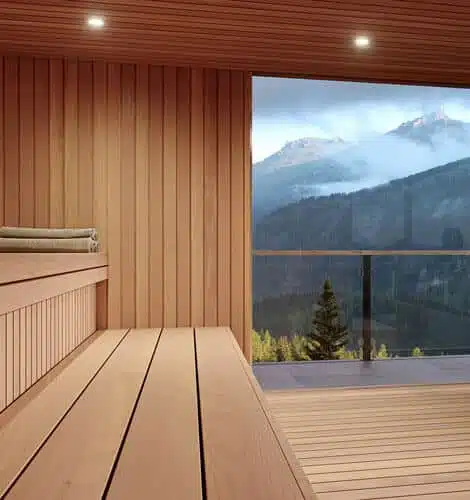
Aspen
Populus tremula
Aspen wood is white and light, strong when dry, hard and durable. Aspen is especially valued in the interior finishing of saunas: due to its poor thermal conductivity, sauna benches do not seem too hot. Well-planed aspen boards are pleasantly smooth and soft and comfortable to sit on. The annual rings of the aspen are weakly distinguished, which makes the material beautiful and bright with an even texture.
Did you know:
As aspen wood has no off-flavours, it was used to make wooden dishes in earlier times. Aspen is also used in the pharmaceutical industry: glucose is made from the leaves and bark of the aspen. The aspen tree is a favourite food of many wild animals, especially in winter: the branches, shoots and leaves are a favourite for goats and elk and aspen bark is enjoyed by rabbits and mice.
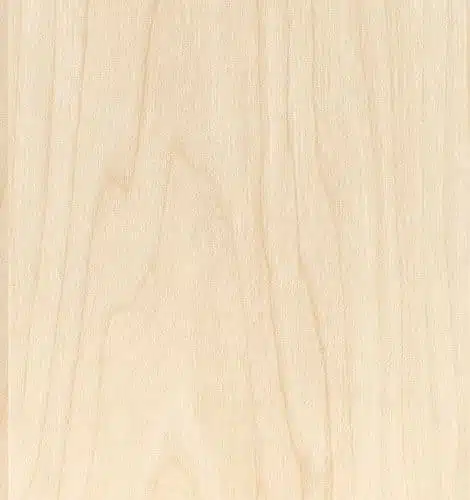
Alder
Alnus glutinosa
Black alder, or alder, is known as a durable moisture-resistant building material whose wood is light and easy to process. Alder wood is a particularly common and valued sauna material; much like aspen, it neither contains resin and nor gets too hot. The wood boasts a characteristic reddish tone and a beautiful texture.
Did you know:
Alder wood has been compared to the chameleon: freshly sawn wood is bright white but soon turns yellow, then from orange to dark orange and finally a subtle pink-purple hue. High-quality musical instruments are also born from alder. In the food world, alder chips are valuable in the manufacture of smoked products because it gives them a golden yellow colour, a beautiful lustre and a great taste.
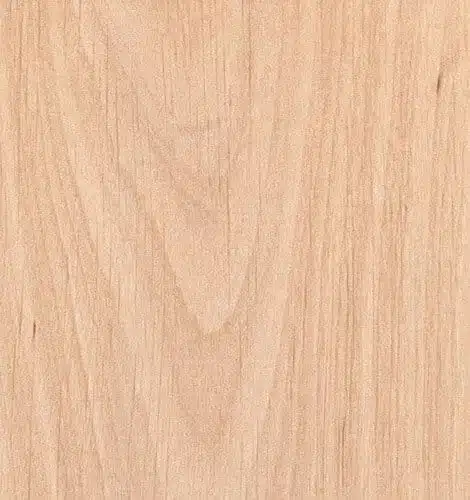
Durable wood for outdoors
In addition to hardwood interior finishing materials, Standwood’s product range also includes softwood products suitable for terrace and facade construction. Exterior cladding and terrace boards are made mainly of thermo-treated pine and spruce.
The thermo-treatment provides the wood with valuable properties, such as better dimensional stability, resistance to rot, removal of the resin and overall better weather resistance. During the heating the wood also acquires a beautiful light brown color. The thermo-treatment takes place in special chambers where only heat and water vapor are used, so the treatment process itself and the final product are safe for the environment.
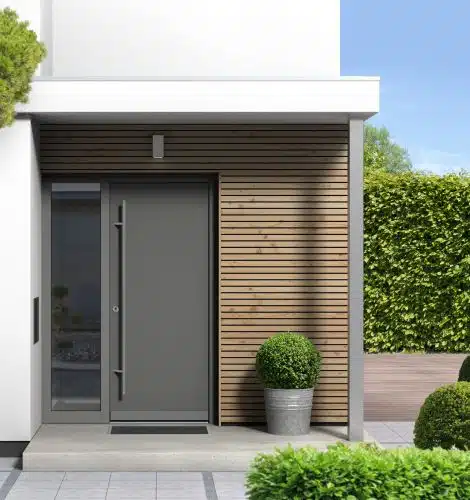
Scots pine
Pinus sylvestris
Scots pine is the most common of the pine species, and although it demands light, it also tolerates extreme growing conditions well. Pine wood is highly valued for its good mechanical properties: it is light, soft, and easy to process. Wood is mainly used for furniture and as a framing material in construction, as well as for the production of cladding and flooring boards, parquet, plywood, doors, and windows. The colour of the raw wood is variable, from pale yellow to reddish which aquires a beautiful brown colour after the thermo-treatment.
Did you know:
Pine sprouts and branches are used as medicinal plants, and the needles are used to produce pine oil, vitamin C, and B vitamins. The flour and paste made from the needles is used as animal feed. Pine bark powder is used to clean up oil spills because it absorbs oil and other environmentally hazardous substances, but not water. Pine resinous wood tar used to be a universal household lubricant and impregnating agent, while today pine resin is used to make turpentine and rosin.
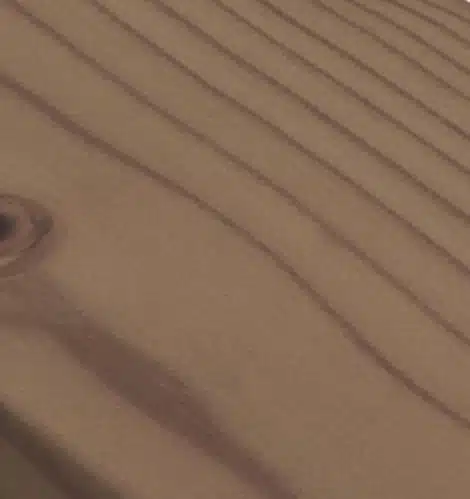
Norway spruce
Picea abies
Norway spruce is an evergreen conifer belonging to the pine family. It is the second most common conifer in Estonia after pine. The spruce has a long, straight trunk, few natural defects, and sufficient strength. The wood is almost white with a light yellowish tinge, and is also light and soft. Spruce is preferred for outdoor constructions because it is less resinous and does not allow moisture to penetrate.
Did you know that
spruce wood is used to make water containers because it does not allow water to pass through? Additionally, spruce seeds contain up to 30% oil, which has been utilized in varnish production. Resin and tar were historically extracted from the bark and stumps. Moreover, spruce needles are rich in vitamins A and C, making them particularly appealing to wildlife.
